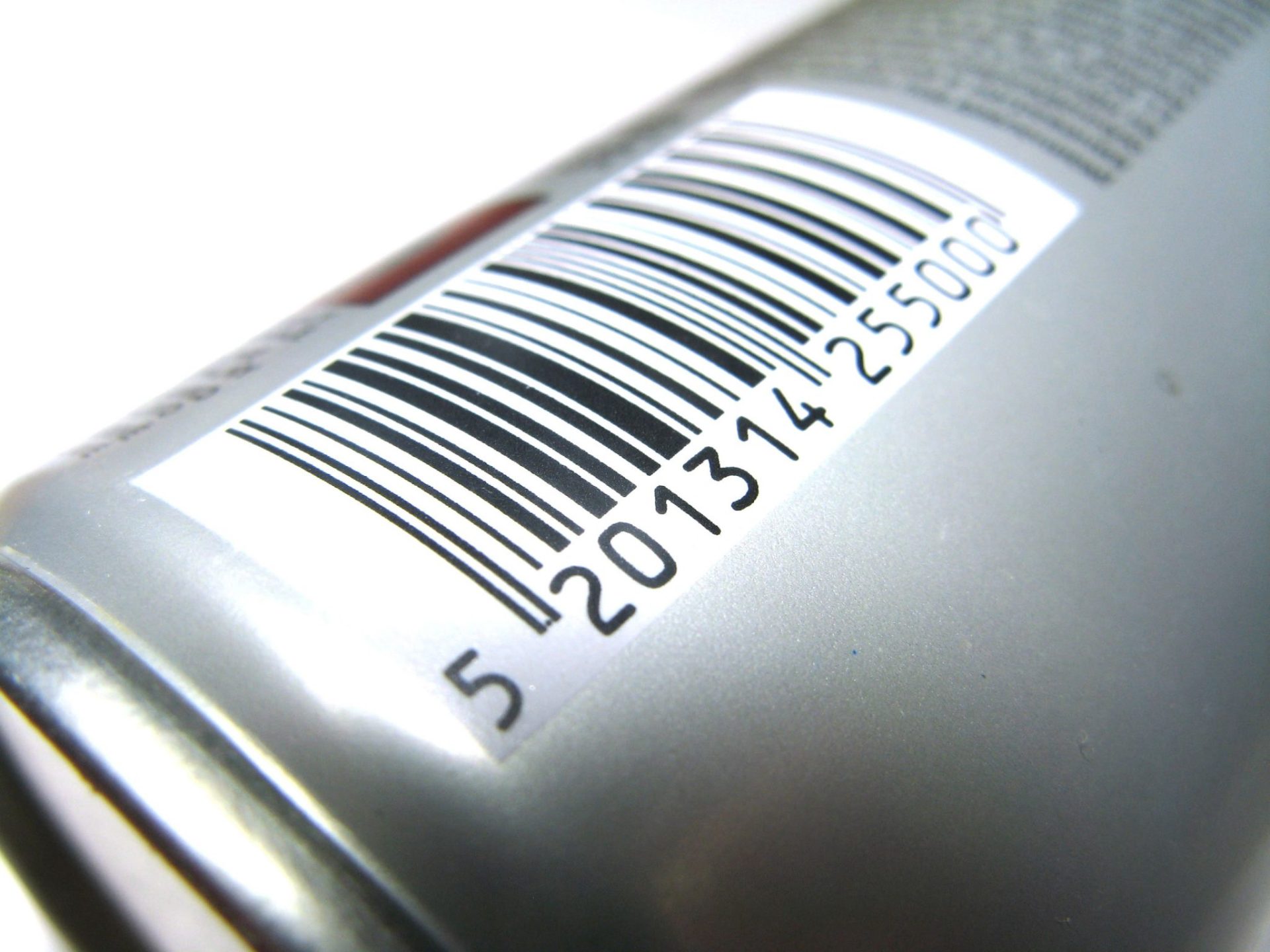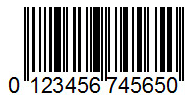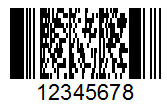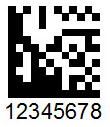The Difference Between SKU and Barcode?
Stock Keeping Unit (SKU)
Stock Keeping Unit (SKU) is a unique name or a set of numbers assigned to a product to identify the price and other products related information. SKUs are unique to prevent disorganization within the system and the user of the system when it comes to products. SKU is an organization-wide naming convention defined by your company. This means the SKU for product A in your company might have a different SKU used by the retailers who stores and sells the manufactured or distributed product.
Tips on creating SKUs:
- Make your SKUs straight forward – A good SKU should be descriptive in its nature or is defined under a convention that everyone could understand. As much as possible, highlight the important and unique attributes of the product.
- Do not use confusing numbers and symbols – Avoid using confusing numbers like 0. Confusion usually arises between the capital letter “O” and a 0 (zero) i.e., G-Oo01PH. Also, avoid using symbols like “<”, “>” or “[“, “&” this might not only confuse the users but might also pose a problem as warehouse personnel might not know how to enter these symbols to the computer.
- Do not make your SKUs too long – Lengthy SKUs will not only create confusion but will be an eyesore when displayed on reports.
- Make SKU conventions for your company – A good way to make your SKU understandable and timeless is to document guidelines that will be used on Operations when creating products.
Sample SKUs:
- HuaweiN2i-blue-64 (for a phone called Huawei Nova 2i that is blue in color and has 64 GB ROM)
- Macpro-2017-128 (for an Apple laptop called MacBook Pro, 2017 model with 128 GB of Storage)
Barcode
Barcodes are machine-readable numeric, alpha-numeric, or two-dimensional codes that contains the description of a specific product. Barcodes are commonly used to aid in item identification which helps organizations in improving their inventory management.
Depending its use-case, a barcode could be derived from two sources. First, a barcode could be derived from a Universal Product Code. A Universal Product Code is a set of numbers that is regulated and assigned to a specific product to ensure that the barcode assigned to it is universally unique. Next, a barcode could also be defined internally by an organization. In this instance, it is commonly seen that barcodes defined internally are also used by these organizations as the product’s SKU.
Different Barcode Types:
- Universal Product Codes (UPC)
- Usually found in all retail products
- A manufacturer will receive a unique company number to combine with their individual product numbers.

- Code 39
- Usually found in electronics, healthcare, and government
- Lineal, 1D, alphanumeric code, and can include the entire 128 ASCII character set and extend to any length

- Code 128
- Usually found in packaging and shipping
- Ideal if space is limited

- Interleaved 2 of 5
- Usually found in warehouse, distribution, and manufacturing

- Usually found in warehouse, distribution, and manufacturing
- International Article Number (EAN)
- Usually found in books

- Usually found in books
- PDF417
- Usually used for identification, such as driver’s license

- Usually used for identification, such as driver’s license
- Data Matrix
- Usually found in electronics manufacturing and healthcare
- Can encode large amounts of information

- Quick Response (QR) Codes
- Usually used for links to web based information

- Usually used for links to web based information
Related Article: Product Variants Overview









